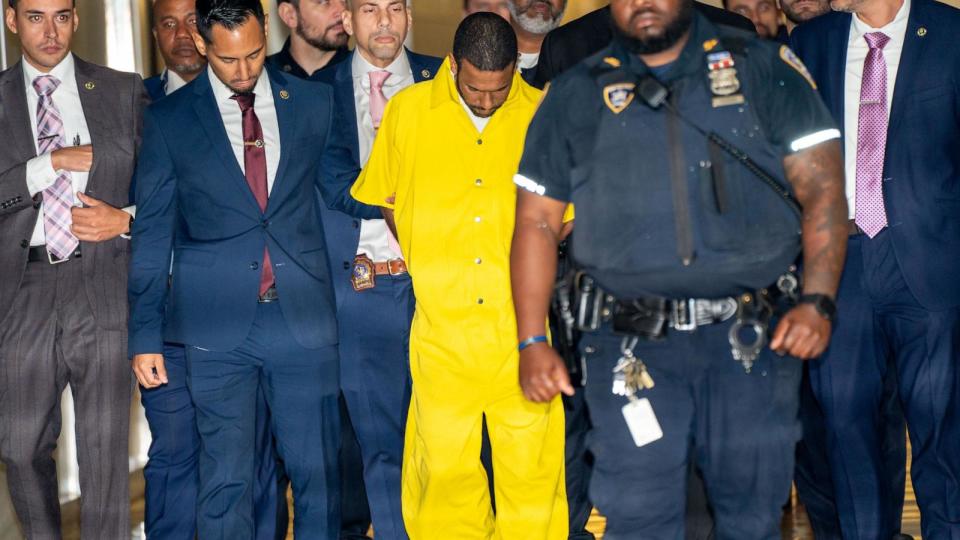Are you and your neighbors willing to pay $6 a month to keep Poudre School District from closing any of its neighborhood schools?
Jeff Lindquist would like to know.
The Fort Collins resident and former chief financial officer for a suburban Denver school district believes Poudre School District needs to ask voters for that money, giving them a chance to provide additional financial support, before shutting down schools.
Lindquist first pitched the idea publicly during an April 17 listening session with the Board of Education on school closures, consolidations and boundary changes. PSD, he said, can put a mill-levy override on the ballot for the November election and let voters, rather than the PSD Board of Education and district leadership, decide an issue that will have such a significant impact on the community.
The sacrifice to the average homeowner, he said, would cost about as much as a latte at a local coffee shop.
“If you want $7 million, ask us for it, and if we give it to you, great,” Lindquist told the Coloradoan earlier this month. “If we vote against it; that’s on us, and the district can then go ahead and do what it feels it needs to do.”
Dave Montoya, PSD’s chief financial officer, estimated the district could raise about $8 million through a mill-levy override that would add about $71 a year, or $5.91 a month, to property taxes for the owner of a home with an assessed value of $700,000.
That would more than cover the amount of money PSD currently spends to keep schools with low enrollments open, the justification Superintendent Brian Kingsley and the Board of Education have used to defend the controversial process they’ve undertaken to close as many as five neighborhood schools and redraw boundaries for several others.
“Size-factor adjustments” to provide what Montoya called a “bare minimum” level of operations at schools with low enrollments cost PSD $5.3 million in 2022-23, $6.7 million this year and an estimated $7 million in 2024-25, Montoya said.
Each of the four options for school closures, consolidations and boundary changes under consideration by the school board would save a total of $4.3 million to $4.8 million, according to the Facilities Planning Steering Committee that prepared them.
“I can’t understand, with all this talk, why they wouldn’t just ask us for that money before assuming we wouldn’t pay more to keep our schools open,” Lindquist said. “I think I could make a pretty good argument and rally enough folks to get that passed.”
The mill-levy override option is feasible, Montoya said, through either a traditional mill-levy override that could include an escalator tied to inflation, as the 2019 mill-levy override to increase teacher salaries and mental health and security staff contains, or through a debt-free mill levy. He has discussed the idea with Lindquist, a former chief financial officer for Westminster Public Schools.
Money collected through a debt-free mill levy can only be used to “capital construction, new technology, existing technology upgrade, and facility maintenance needs,” as approved in 2016 by the Colorado General Assembly. But PSD could re-allocate money in its general fund that now covers those costs to free up the money needed to provide the “size-factor adjustments” for schools with low enrollment. For example, he said, line-item expenses in the general fund for transportation replacement of buses and other district vehicles or computer upgrades, or both, could instead be covered by a new mill levy.
Montoya cautioned that his estimate of an annual tax increase of $71 for the owner of a house valued at $700,000 is only a rough estimate, using a 2016 mill-levy override that raised $8 million annually for start-up costs at three new schools — Bamford Elementary and Timnath and Wellington middle-high schools — for reference. There are also changes being made to Colorado’s tax structure, he said, that will impact his calculations.
That $5.91 a month figure is actually a bit higher than what most homeowners would likely pay, based on current home values. The median sales price of a single-family home in Fort Collins in April was $627,790, according to the Fort Collins Board of Realtors. The median sales price of townhouse-condominium was $415,000.
If the Board of Education were to ask voters for a mill-levy override in the November 2024 general election, it would have to notify Larimer County of its intent to do so in writing by July 26, County Clerk Tina Harris said. A signed intergovernmental agreement would have to be completed by Aug. 27, and ballot language certified by Sept. 6.
If voted upon and approved, PSD would be able to begin collecting that money next spring Montoya said.
At least one school board member expressed concerns about the impact an increase on property taxes would have in a community already struggling with a high housing costs.
“Mill-levy overrides; I think this is an interesting solution, I’m not wild about,” Board of Education member Kevin Havelda said during discussions on the proposed school closings and consolidations May 14. “I think buying our way out of a problem is great for those who can afford it, but it could exacerbate another problem we’re seeing in our community about it being too expensive to live here.”
Reporter Kelly Lyell covers education, breaking news, some sports and other topics of interest for the Coloradoan. Contact him at kellylyell@coloradoan.com, x.com/KellyLyell and facebook.com/KellyLyell.news.
This article originally appeared on Fort Collins Coloradoan: Could a tax increase save Poudre School District in Fort Collins?
Signup bonus from





